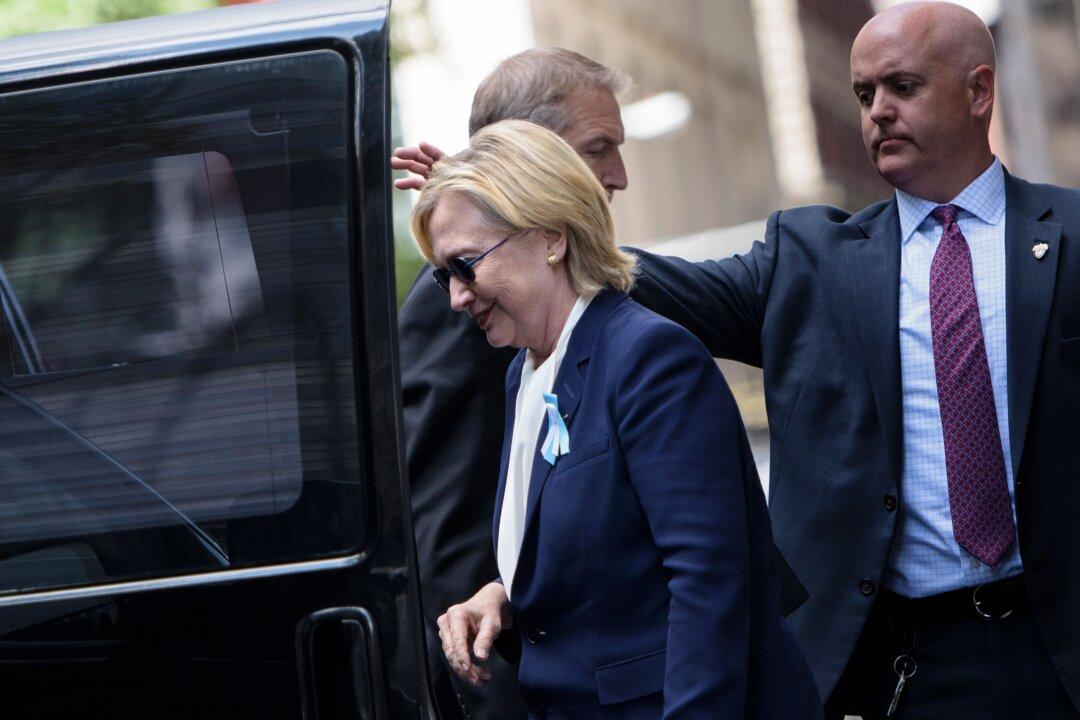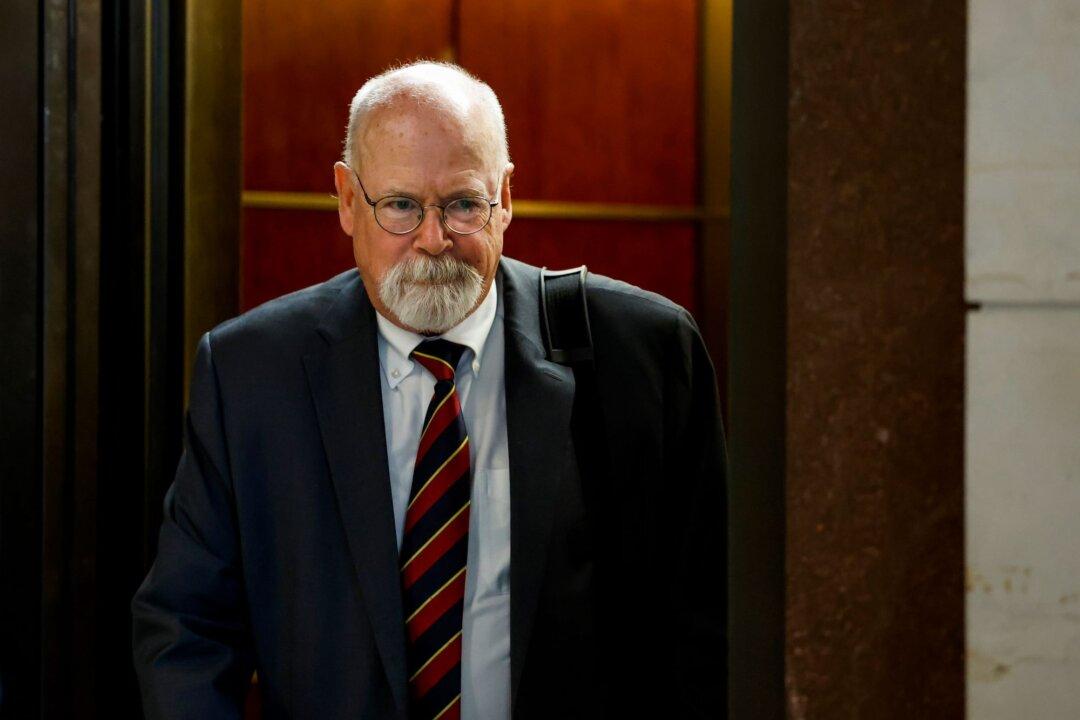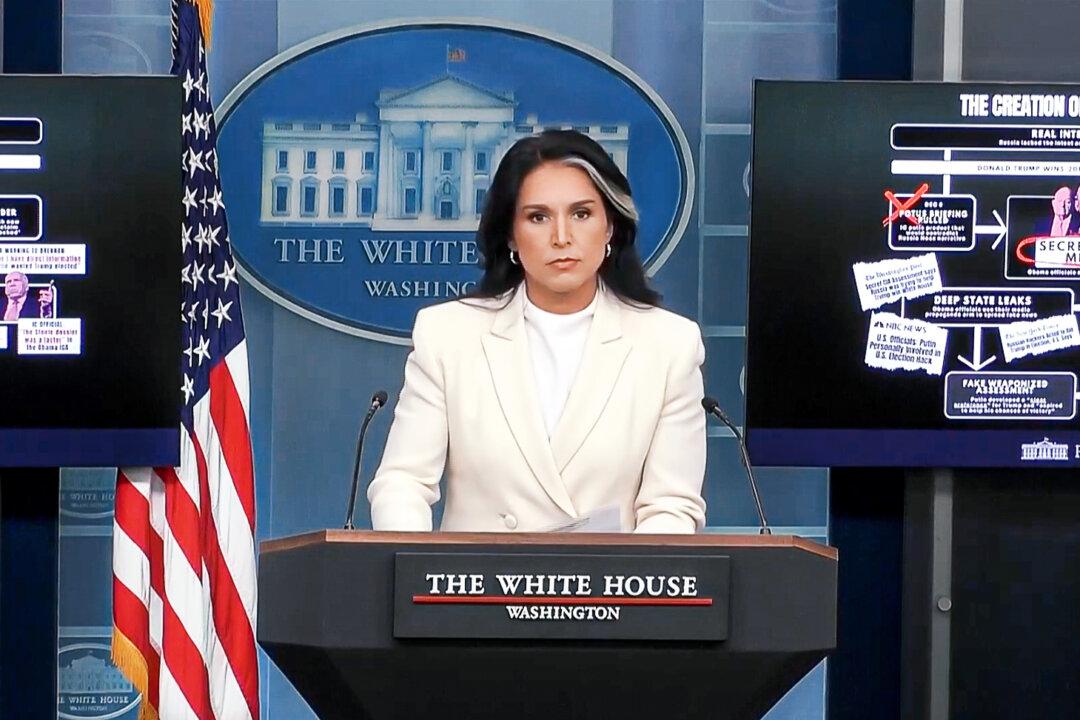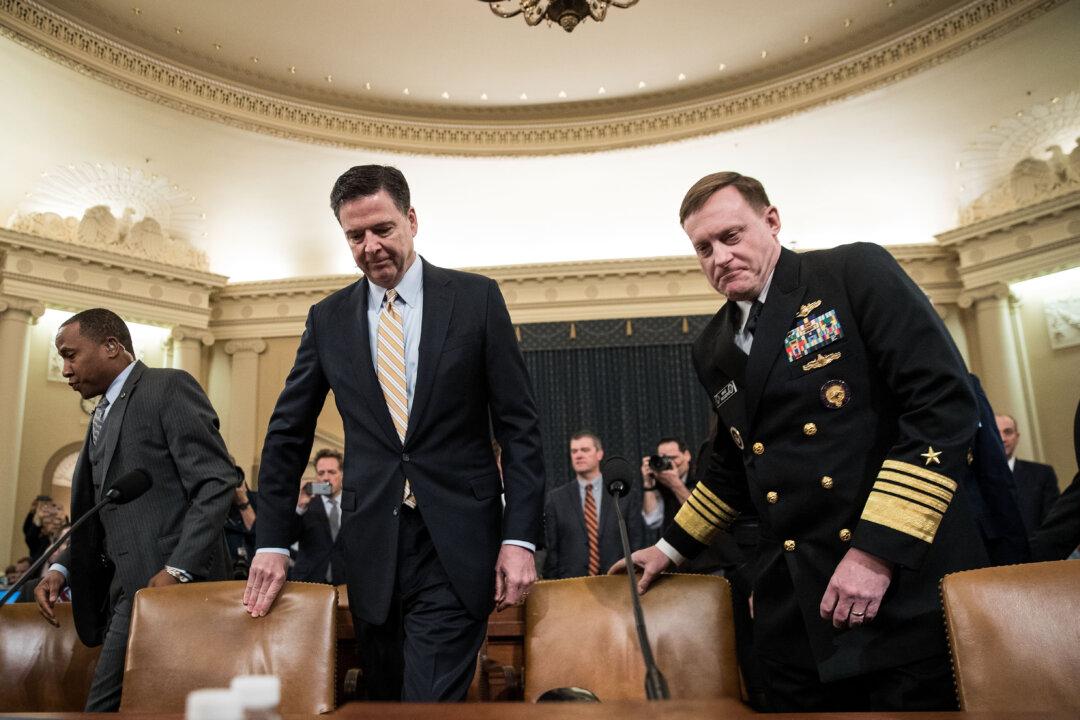News Analysis
FBI Section Chief Peter Strzok looked dismissive and aloof as he listened to Office of the Intelligence Community Inspector General investigator Frank Rucker relay an alarming lead for the Clinton email investigation on Feb. 18, 2016, at the bureau’s headquarters in Washington, according to Rucker and Jeanette McMillian, an attorney who accompanied him to the meeting.





